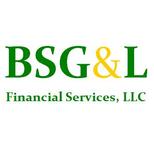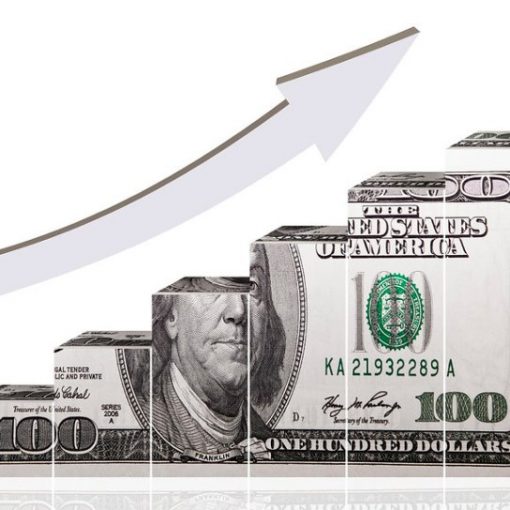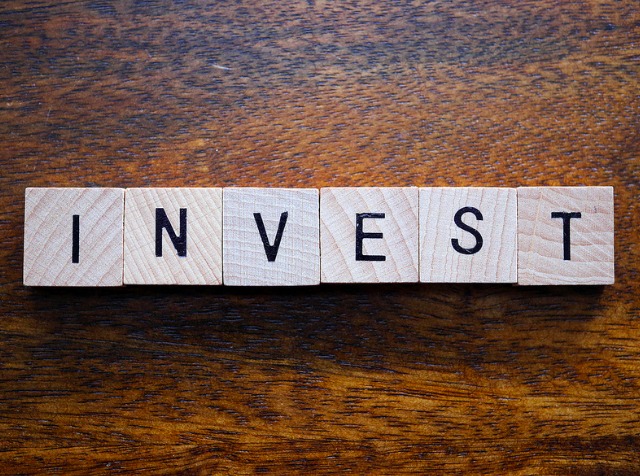Last month, I mentioned in my monthly market commentary that the American economy over the last few years has moved in “fits and starts.” The last quarter of 2013 was revised up from 2.4% growth to 2.6%. However, the first quarter of 2014 came in at a dismal 0.1% growth.
Some of this weakness is due to the extremely cold weather. I believe that is the main reason consumers slowed their spending in the first quarter. However, the picture is not entirely bleak; personal income was up in February on top of the gain in January. March and April were also up as well.
The gains are not large, but they are steady. In addition, April employment data showed job gains of 288,000 with February and March data revised upward. Also, the labor participation rate increased in April.
In my opinion, this could mean the economy is improving to the point where the long-term unemployed are returning to the labor force. These gains should support further economic expansion as we move forward.
The Institute of Supply Management just released the April Manufacturing PMI Index which came in at 54.9, a 1.2% increase over March. This is the eleventh consecutive monthly increase. This should add to the economic output as capital spending increases. The increase in manufacturing adds high value workers to the economy.
Russia is still adding uncertainty to global fears over the Ukraine. How this plays out only time will tell. However, the tide of money flowing into southern Europe economies shows growing evidence that the weaker part of Europe may have turned the corner. Unemployment is falling.
Greece recently sold more than $4 billion worth of bonds to eager investors. People are beginning to look at Greece again as being in the investable universe. Also, the gap between Spanish and Italian bond yields and those of U.S. Treasuries has narrowed to the lowest level in four years.
Fitch Ratings recently raised the credit rating of Spain by one notch, citing a better economic outlook and improving financial conditions. After five years of retrenchment, British companies are again increasing their borrowings.
In their latest quarterly reports, Whirlpool (WHR) and Electrolux (ELUXY) reported gains in European sales after years of decreases in Europe. Economists are forecasting a 1.5% to 1.8% gain in Europe for 2014, the first annual gain in several years.
In addition, a manufacturing company we own, Rockwell Automation (ROK) announced that their first quarter saw a nice increase in orders from emerging markets. I believe that if the rest of the world starts growing again in addition to the U.S., we could see even larger gains in some of the companies that have major cost advantages over their overseas competitors.
As natural gas prices have dropped by more than half in the last decade and ethane prices even more, capacity increases in the chemical industry are surging. Producers are adding approximately 105 million metric tons of capacity, led by ethane and methanol production, along the Gulf Coast.
Global demand for ethylene is estimated to grow by 150% from 2010 to 2040. This is being driven by the expanding middle class in the developing world. There has been a rapid globalization of world wide chemical markets.
I have no way of knowing this for sure, but I believe this growth in demand comes at a very opportune time for the United States as we expand production coupled with our advantage of lower costs.
At a recent meeting of the IHS World Petrochemical Conference here in Houston, it was announced that U.S. exports of polyethylene, polypropylene and para-xylene could double in the next ten years due to our cost advantage.
Refiners are also adding capacity. Phillip’s 66 (PSX) is adding refining capacity as well as increasing capacity in their chemical division. It also just announced a 12% increase in their first quarter profit.
As a result, I am considering adding to my position in PSX, partly due to the chemical influence but also due to the tremendous increase in light sweet crude production from the Bakken and Eagle Ford shale formations which is increasing their refining profits.
As a result of these positive influences, the U.S. Energy Information Administration (EIA) reported the U.S. exported 10% more petroleum products in 2013 than 2012 and stated that exports had reached 4.3 million barrels per day in December, 2013.
With rising sales prices for natural gas and natural gas liquefied products, we are seeing increased profits for the players in the Bakken and Eagle Ford shale. West Texas Intermediate (WTI) has been testing the upper limit of a trading range that had been in place for over 20 months.
The primary reason is that the southern leg of the Keystone pipeline is open and crude inventories in Cushing, Oklahoma have dropped by over 12 million barrels. Cushing is where WTI is priced, so as inventories drop, the price has risen to approach that of Brent crude.
However, in early May, WTI closed under $100 per barrel. This is not unusual as the second quarter is the period of lowest demand for refined products. Some people will sell energy and production (E&P) companies as oil prices fall.
In my opinion, that would be a mistake and I believe their fourth quarter profits will reflect a dramatic increase in production over the year before.
As these companies better understand the reservoirs they are drilling in, they are able to decrease their drilling cost and timeframe, which increases production faster and improves their margins.
For these reasons I view any pullback in stock prices of the E&P companies as a potential buying opportunity. Several names we recommend in this area included: Continental Resources (CLR), EOG Resources (EOG), Oasis Petroleum (OAS) and Whiting Petroleum (WLL).
The mid-stream sector is adding capacity as well. Most of the new shale finds are in areas that did not have a lot of infrastructure. Pipelines, gas liquids separation facilities, fractionators, storage capacity and export terminals are being added at a very rapid rate.
My favorites in the sector are Kinder Morgan Partners (KMP), Enterprise Products Partners (EPD), and Breitburn Energy Partners (BBEP).
They have dividends that are tax efficient and they are also experiencing increases in their cash distributions as well as providing share price increases. Enterprise Products Partners recently announced a further expansion of their export facility for ethane which will increase their capacity by 240,000 barrels per day making the facility the largest export terminal for ethane in the world.
In the pure industrial space, my holdings in Emerson Electric (EMR) and United Technology (UTX) are performing well. United Technology has several long cycle businesses I believe that may allow them to maintain good growth in share price and dividends over long periods of time.
I am emphasizing investments in companies with good cash flow, good cash distributions and companies that operate in areas where they have a competitive advantage due to much lower energy costs and raw material input costs. I prefer companies with price earnings ratios that are at levels that are attractive compared to the low interest rates on investment grade bonds.
With interest rates at historic lows, even as dividend taxes potentially go up, the after-tax returns are still higher than most investment grade debt. BSG&L is a long term investor and we believe that if you are patient, build cash and buy good companies on pullbacks, your portfolio may have good growth over the long term.
DISCLAIMER: The investments discussed are held in client accounts as of April 30, 2013. These investments may or may not be currently held in client accounts. The reader should not assume that any investments identified were or will be profitable or that any investment recommendations or investment decisions we make in the future will be profitable. Past performance is no guarantee of future results.




